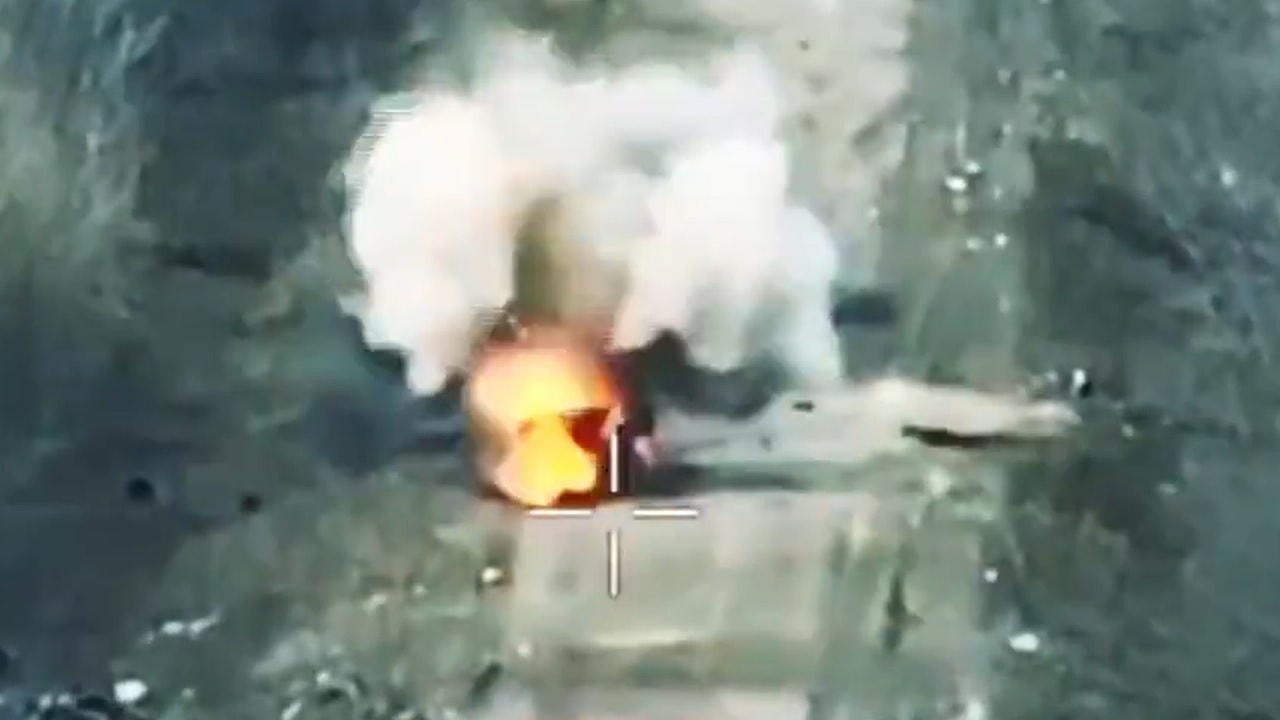Ukraine War Update: With every passing day, the chances that the Russian military would achieve an operational breakthrough on the ground before the large-scale Ukrainian counteroffensive lessen.
Despite throwing men and weapon systems against multiple points in the Donbas and the east, the Russian forces have failed to achieve anything but some marginal territorial gains since they began their large-scale offensive in January.
To make the situation harder for the Kremlin, the turn for the Ukrainian military to respond approaches.
The weather and operational conditions for the large-scale Ukrainian counteroffensive are improving, and Kyiv is expected to attack in the next few weeks.
Meanwhile, on day 405 of the conflict, Finland formally joined NATO, thus doubling the transatlantic alliance’s land border with Russia.
Russian Casualties in Ukraine
For another day, the Russian forces continued to suffer heavy casualties on the ground. As we’ve covered previously on 19FortyFive, the rate of Russian casualties has decreased in the last few days, reflecting the ebbing of Moscow’s large-scale offensive operation.
The Russian military will need to replenish frontline units. Otherwise, the Ukrainian counteroffensive will wipe them out.
Overall, the Ukrainian Ministry of Defense claimed that as of Tuesday, Ukrainian forces have killed and wounded approximately 175,690 Russian troops.
Destroyed equipment includes: 306 fighter, attack, bomber, and transport jets, 291 attack and transport helicopters, 3,627 tanks, 2,697 artillery pieces, 6,999 armored personnel carriers and infantry fighting vehicles, 528 Multiple Launch Rocket Systems (MLRS), 18 boats and cutters, 5,562 vehicles and fuel tanks, 280 anti-aircraft batteries, 2,277 tactical unmanned aerial systems, 298 special equipment platforms, such as bridging vehicles, and four mobile Iskander ballistic missile systems, and 911 cruise missiles shot down by the Ukrainian air defenses.
Radars in Ukraine
Neither side has managed to achieve air superiority over Ukraine. Despite a numerical and qualitative advantage, the Russian Aerospace Forces never came close to controlling the skies. They have largely used aircraft to launch stand-off munitions, ballistic and cruise missiles, against Ukrainian critical infrastructure and urban centers.
Radars and air defense weapons are the main reason for the lack of air superiority.
But counter-battery radars are also a prime target. These systems are used to find and counter artillery fire. Artillery has been responsible for the most casualties in the war so far.
Naturally, both sides have been trying to take enemy radars at every opportunity, with mixed success.
“Efforts by both sides to neutralise their opponent’s counter-battery radars have been a constant element of the conflict. These systems are relatively few in number but are a significant force multiplier. They allow commanders to rapidly locate and strike enemy artillery,” the British Military Intelligence assessed in a recent estimate of the war.
Russia, in particular, has lost at least six ZOOPARK-1M counter-battery radars, which emit an electromagnetic signature and thus are vulnerable to being detected.
“Regenerating counter-battery radar fleets is likely a key priority for both sides, but Russia will likely struggle because the systems rely on supplies of high-tech electronics which have been disrupted by sanctions,” the British Military Intelligence added.
MORE: PAK DA – Is Russia New Stealth Bomber a Joke?
MORE: Was the F-14 Tomcat Retired Too Early?
MORE: Nimitz-Class – The Best Aircraft Carrier Ever?
Expert Biography
A 19FortyFive Defense and National Security Columnist, Stavros Atlamazoglou is a seasoned defense journalist specializing in special operations, a Hellenic Army veteran (national service with the 575th Marine Battalion and Army HQ), and a Johns Hopkins University graduate. His work has been featured in Business Insider, Sandboxx, and SOFREP.

